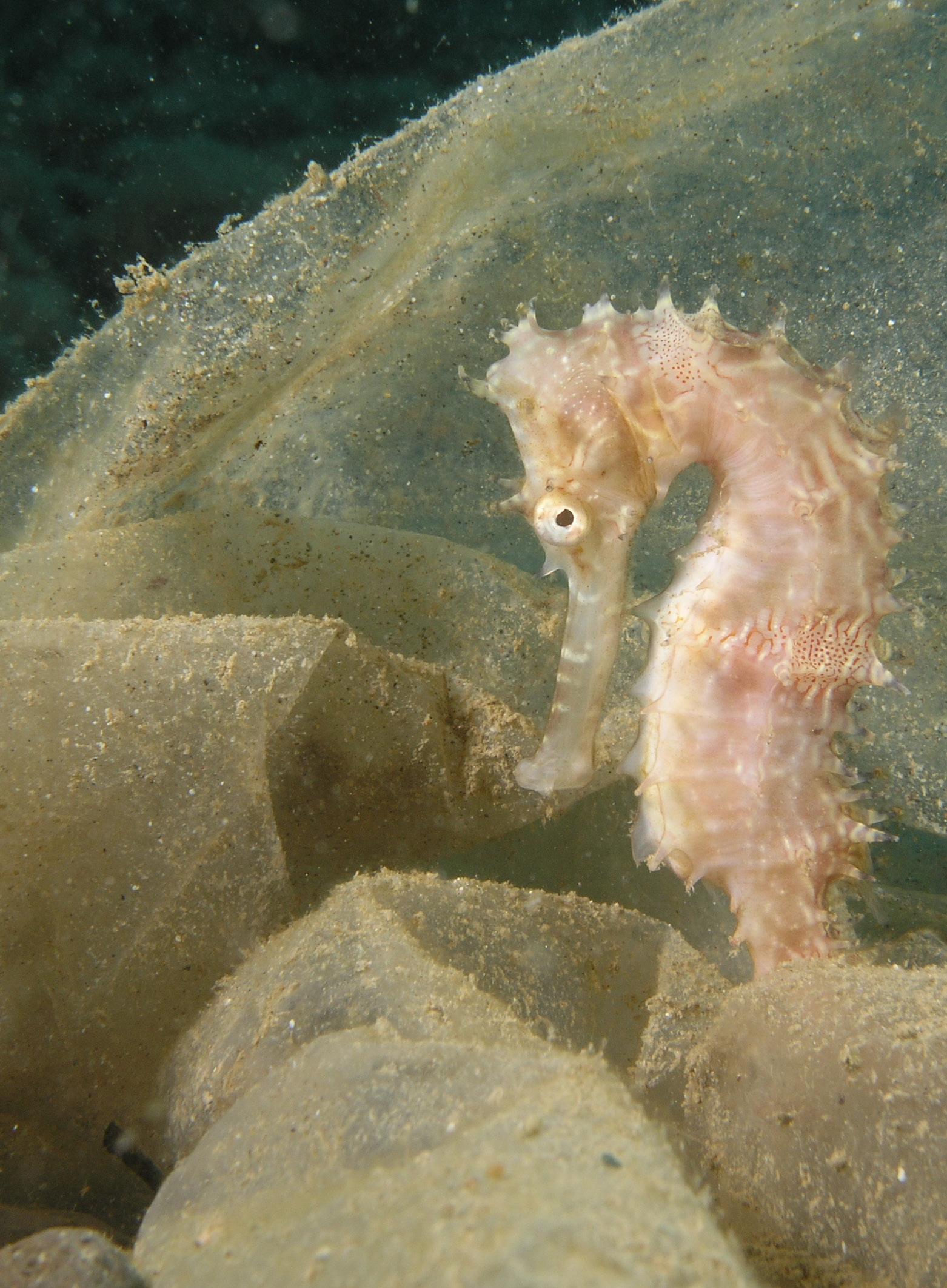
2 minute read
Part 1: The Problem
Plastic pollution first came to public attention as an ocean problem
The equivalent of a truckload of plastic enters our seas every single minute 5 . Once there, it disintegrates into ever smaller pieces. Because plastic is so long-lasting, as much as 50 trillion plastic particles are already estimated to be floating around the world’s oceans.
The impact that larger items like plastic bags, bottles and straws are having on seabirds, whales, dolphins and turtles is well documented. Less well understood are the pernicious effects microplastics are having on both underwater creatures and the building blocks of marine ecosystems, like corals and plankton. But plastic isn’t just an ocean problem
We now know that microplastics are also contaminating our rivers, soil, foodstuffs (like honey and salt), and even the air we breathe. And this isn’t just happening in urban areas, but in remote and uninhabited regions too. Microplastics have even been found in Antarctic sea ice 6 .

An old Nescafe 3-in-1 sachet was trapped in between corals in Verde Island Passage, the epicentre of global marine biodiversity, in Batangas City, the Philippines. © Noel Guevara / Greenpeace
Above: A sea-horse tries to camouflage inside a big plastic bag, Philippines. © Greenpeace / Danny Ocampo

Below: Whilst investigating conditions in the Malaysian waste industry, Unearthed finds packaging of familiar UK brands across vast piles of rubbish. © Greenpeace It’s also a human health problem
It’s estimated we could be ingesting the equivalent of a credit card’s worth of plastic every week 7 . We simply don’t yet know what impact this will have on our health, but the effects scientists have discovered in other creatures – impeded growth, organ damage and hormone disruption – gives us a glimpse of the complications that could well arise in the future.
Plastic is even part of our climate problem
99% of plastic is made from fossil fuels and it causes CO 2 emissions at every stage of its lifecycle; from when the oil and gas used to make it is extracted through to when it finally decays. It has been predicted that plastic production could take up 13% of our global carbon budget by 2050 8 .
And it isn’t going away
Despite massive public concern, statements and commitments by governments and companies, this is a problem that continues to worsen. In 2019 alone, we calculated that UK supermarkets pumped out at least 114 billion pieces of plastic packaging. If we continue with business as usual, the World Economic Forum predicts plastic production will double over the next 20 years – and quadruple by 2050. 9











